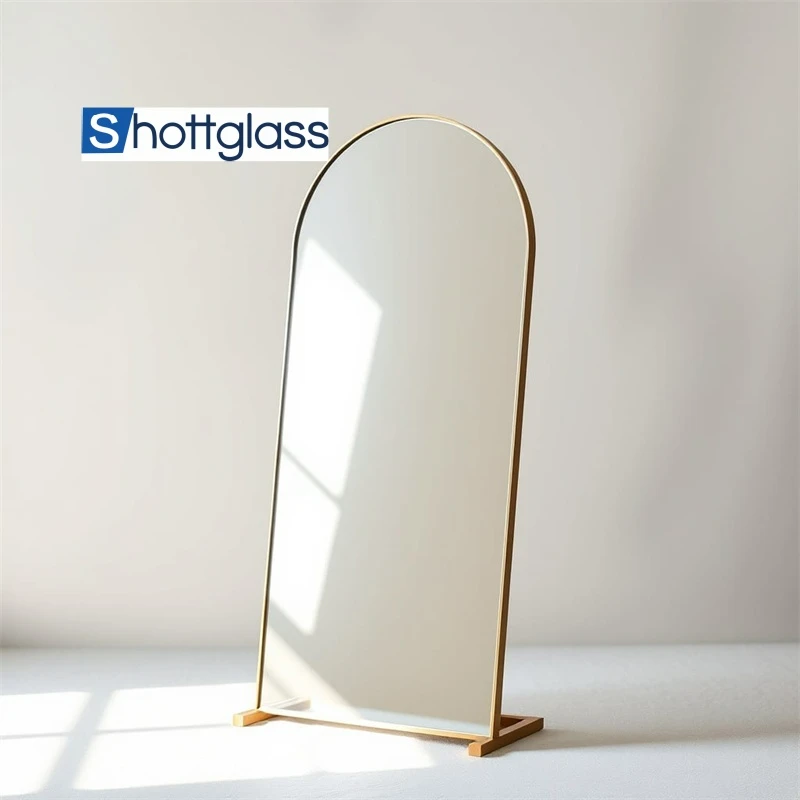Sep . 02, 2024 17:59 Back to list
10.38 mm Laminated Glass - Safety, Strength, and Style
Understanding 10.38 mm Laminated Glass A Comprehensive Overview
Laminated glass, particularly that with a thickness of 10.38 mm, has become increasingly popular in both residential and commercial applications due to its unique properties and enhanced safety features. This type of glass consists of two or more layers of glass bonded together with an interlayer, which is typically made of polyvinyl butyral (PVB) or ethylene/vinyl acetate (EVA). This interlayer serves several crucial functions, making laminated glass an ideal choice for various settings.
One of the primary advantages of 10.38 mm laminated glass is its exceptional safety and security features. In the event of a breakage, the interlayer holds the glass shards together, preventing them from shattering into dangerous fragments. This characteristic significantly reduces the risk of injury, making it an excellent choice for installations in public spaces where safety is a primary concern, such as schools, airports, and shopping centers. Additionally, laminated glass's ability to withstand impact makes it an effective deterrent against break-ins and vandalism.
Another critical benefit of 10.38 mm laminated glass lies in its sound insulation properties. The interlayer dampens sound waves, making laminated glass an ideal solution for environments that require noise reduction, such as office buildings located in busy urban areas or residential properties near highways. By minimizing exterior noise, laminated glass contributes to a quieter and more comfortable living and working environment.
10.38 mm laminated glass

Furthermore, laminated glass offers enhanced UV protection. The interlayer can block up to 99% of harmful ultraviolet rays, helping to protect furnishings, artwork, and flooring from fading and deterioration caused by sun exposure. This feature not only prolongs the lifespan of interior items but also enhances energy efficiency by reducing the need for artificial climate control systems.
In terms of aesthetics, 10.38 mm laminated glass can be customized in various colors and tints, providing architects and designers with the flexibility to create visually appealing structures. It can be used in a range of applications, from large glass facades in commercial buildings to decorative glass features in residential homes.
When considering 10.38 mm laminated glass, it is important to engage with reputable suppliers who adhere to industry standards and certifications. Proper installation is also crucial to ensure the long-term performance and safety of the glass.
In summary, the unique characteristics of 10.38 mm laminated glass make it a versatile and valuable material for modern construction. Its safety, sound insulation, UV protection, and aesthetic possibilities contribute to its growing popularity in various applications. As urban environments continue to evolve, laminated glass stands out as a reliable choice for enhancing both functionality and design in architectural projects.
-
Sustainable Practices in a Modern Coated Glass Factory
NewsAug.07,2025
-
Insulated Glass Unit Installation Best Practices and Tips
NewsAug.07,2025
-
Frosted Glass Types and Custom Solutions for Sale
NewsAug.07,2025
-
Current Clear Float Glass Price Trends in Global Markets
NewsAug.07,2025
-
Comparing Different Types of Laminated Glass Performance
NewsAug.07,2025
-
Best Anti Fog Bathroom Mirror Solutions for Humid Climates
NewsAug.07,2025
Related PRODUCTS














